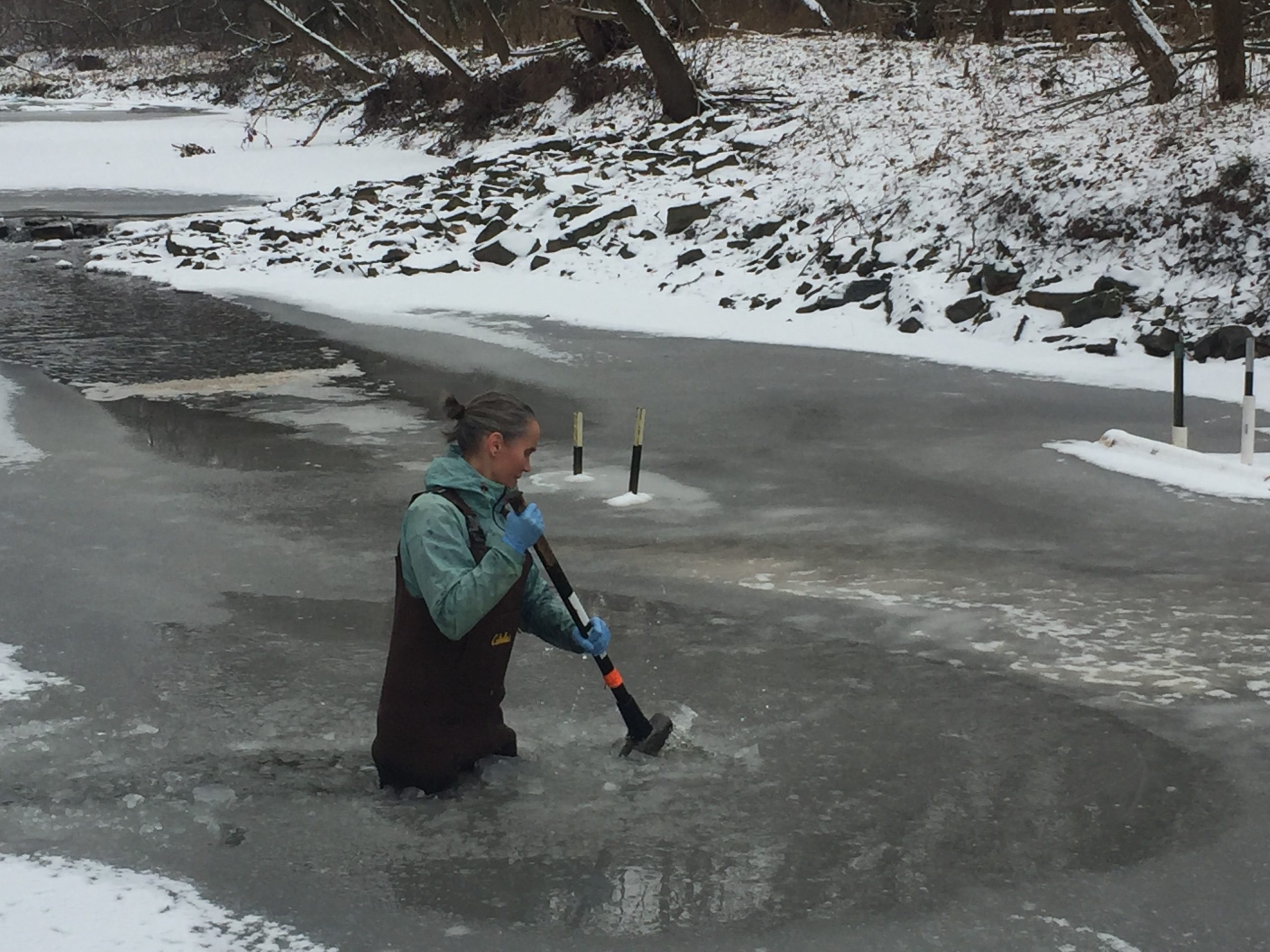By Ashley Moses, edited by Andrew S. Cale Each year, millions of scientific research papers are published. Virtually none of them can…
A Science Author’s “Eureka!” Moment
I am not a scientist. You may be surprised to learn that has been the key to my 30-year career as a public science writer and author of award-winning children’s books with STEM themes. Because I’m not a scientist, my job is to ask the questions my nonscientist audience might ask, and distill scientists’ discoveries and knowledge into everyday language and images. Especially in writing science books for children, my job is also to capture the imagination of my readers and entice them to want to learn more.
In my newest children’s book Scientists Get Dressed, I fully—and unexpectedly—embraced the power of photographs to inspire my telling of science and scientists’ stories. The book began with a literal “Eureka!” moment. During a family reunion, my eight-year-old grandniece proudly showed me a picture of her mother, University of Minnesota biogeochemist Dr. Lucy Rose, literally immersed in field work. The photograph captured her mother dressed in chest waders and standing waist deep in an icy stream.
“This is what Mommy does?!” I asked in astonishment. I knew that her mother studied freshwater quality and loved doing fieldwork, but until I saw that photo, I had NO idea how or where her mother collected her scientific data. A second photo, of the frozen waders standing up by themselves, made me laugh out loud and I promised my grandniece I would put them in a book.
As I pondered how two photos might evolve into a full-length children’s book, it dawned on me that despite decades of working with and even coauthoring with scientists, the concept of HOW they did what they did had been almost incidental in my mind. Suddenly my brain was flooded with a veritable PowerPoint slideshow of scientists I knew, with the spotlight now aimed at what they did and what they wore to do it. Most immediate was raptor biologist Janie Veltkamp, my coauthor on the AAAS/Subaru SB&F Prize-winning book Beauty and the Beak: How Science, Technology, and a 3D-Printed Beak Rescued a Bald Eagle. Janie wears puncture proof, Kevlar lined gloves and a thick leather jacket to protect her from raptors’ ripping beaks and talons. Then there was paleontologist Mathew Wedel, with whom I had created a public exhibit called Big Dinos/Cool Tools. Matt had told me he wore knee pads to kneel for long hours on rocky ground while digging up dinosaur fossils. (I was going to write “prolonged periods” instead of “long hours” here…That choice of simpler vocabulary is a quick example of a big part of my writing for children.)
And there was world renowned neuroanatomist Marian Diamond, my UC Berkeley colleague and inspiring friend, whose research found that enrichment promotes brain growth both early and late in life. Marian wore a crisp white coat in the lab, and lab gloves both to work in the lab and to teach—with the visual aid of a human brain—in university lecture halls or elementary school classrooms.
How many other kinds of clothes did scientists wear? I found myself wondering. My initial searches for terms like “scientist clothing” and “what scientists wear” turned up plenty of articles about how women scientists really need to dress up more at conferences, and about how to create an easy “mad scientist” costume for Halloween. Only when I began to search for images of scientists specialty by specialty did I stumble on a veritable runway of fieldwork fashions—all determined by the real scientific challenges at hand (or foot). As a writer, I faced a seismic shift in my task; I had to let the photos grab the “headlines” of the book and use my words to fill out the scientists’ stories. The response from scientists, photographers, organizations, and federal agencies I asked for photos was beyond anything I had expected. Soon I was receiving an outpouring of images, many never published before, from across the United States and other countries. I could not have done a book of this scope without the boundless help and collaboration of so many people in the scientific world, and my publisher’s tireless editorial/design team at Persnickety Press/WunderMill Books.
Every nonscientist step I have taken in creating Scientists Get Dressed and other STEM-themed books, from finding topics that grab me intellectually or emotionally to finding treasure troves of images or facts, can be taken by scientists who want to write for children. One of the best tips I can offer to anyone creating a children’s book for the first time is to look at lots of published children’s books, to see how the authors, illustrators and photographers approached their subjects and audiences. With the increasing impetus for scientists to communicate broadly and directly, scientists’ stories hold tremendous potential for educating, engaging and inspiring children about the substance of science, how scientists do the work they do, and why it matters to us all.
Find the free educational guide to Scientists Get Dressed at www.deborahleerose.com.
You can meet Deborah during the free Library of Congress National Book Festival, Saturday August 31, at the Walter E. Washington Convention Center in Washington, DC. Deborah will be presenting and signing at the Idaho table in the festival’s Parade of States, 11-11:30 AM and 1-1:30 pm. In between, she will be available to talk about her books and writing.
Edited by Bill Sullivan, PhD, Indiana University School of Medicine.
Photo credits
Scientists Get Dressed cover: Mae Jemison and Sharon McDougle, NASA; Eric Hoffmayer and whale shark, © Andy Murch, used by permission
Lucy Rose in stream, Ethan Pawlowski, © Lucy Rose
Beauty and the Beak cover, and Janie Veltkamp carrying Beauty the Bald Eagle, Glen Hush, © Jane Veltkamp
Deborah Lee Rose author photo: Ellen Smith




